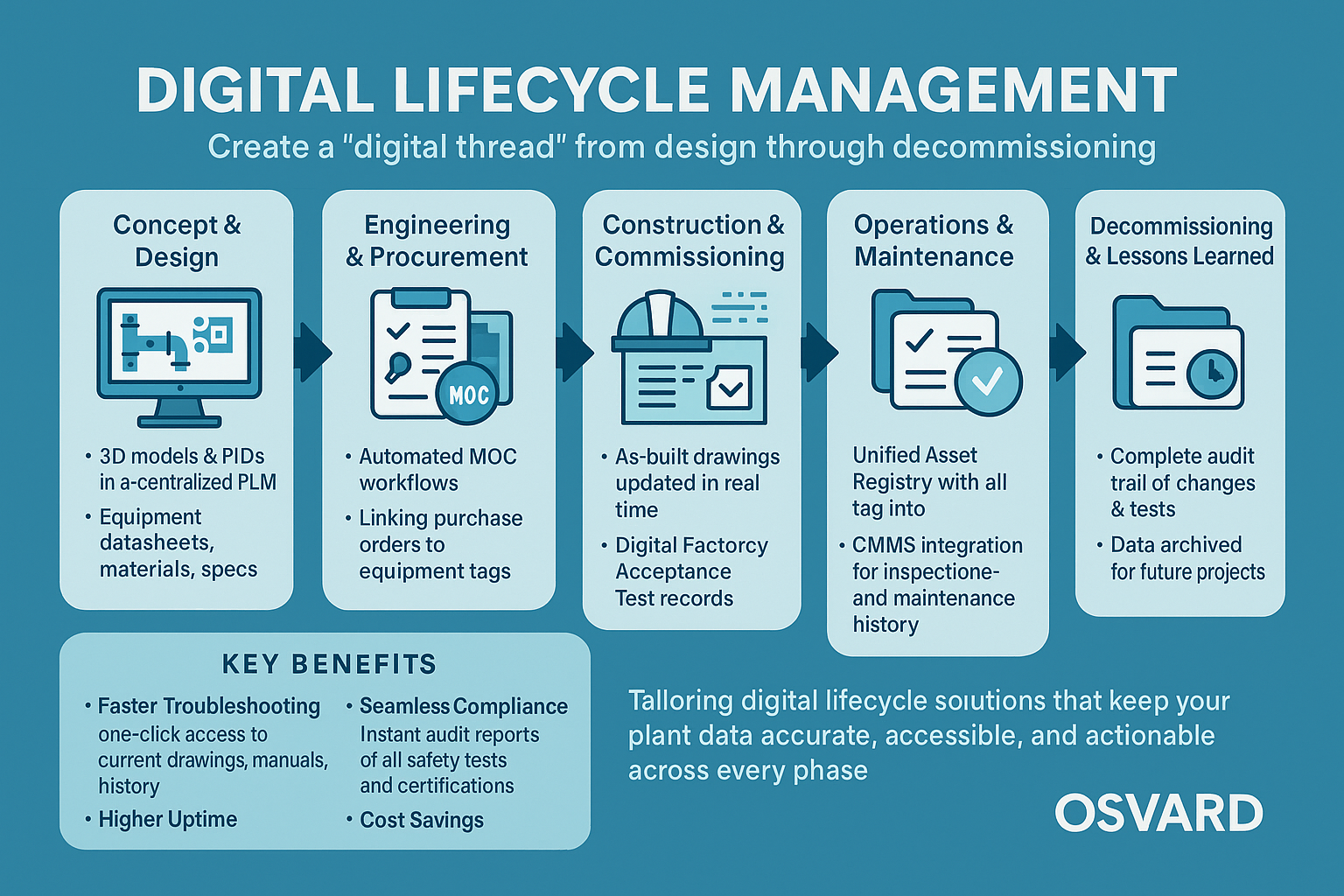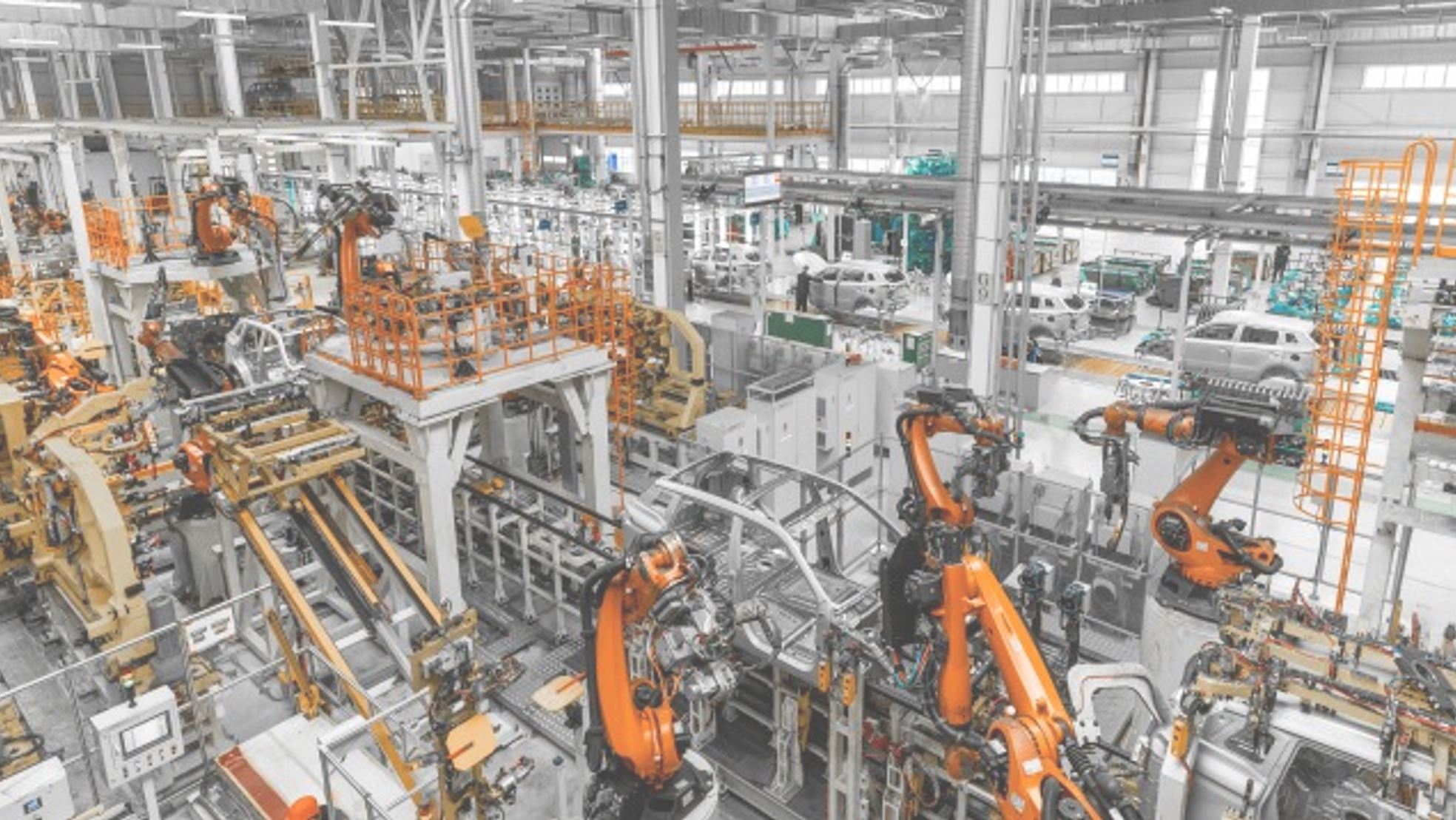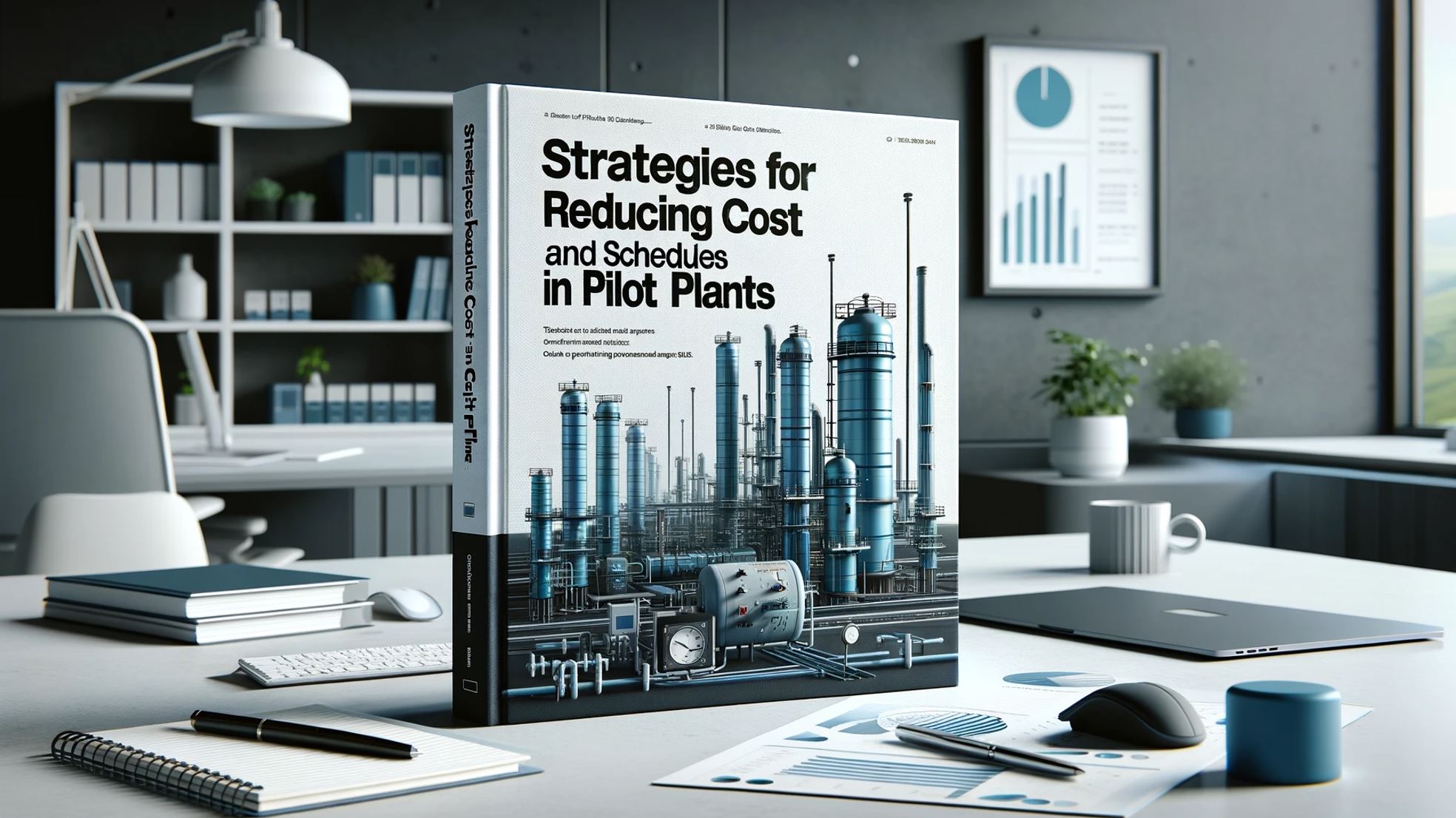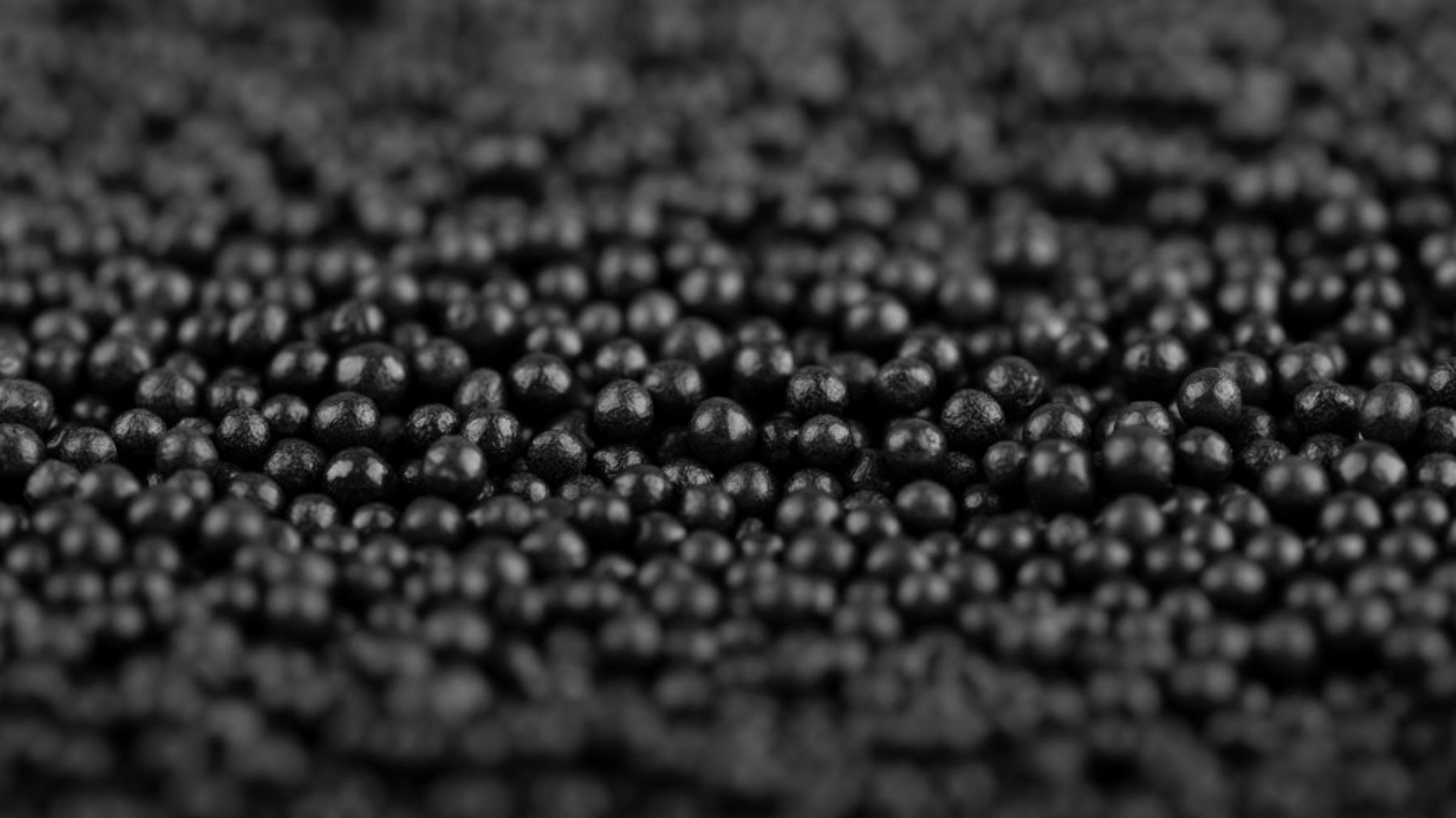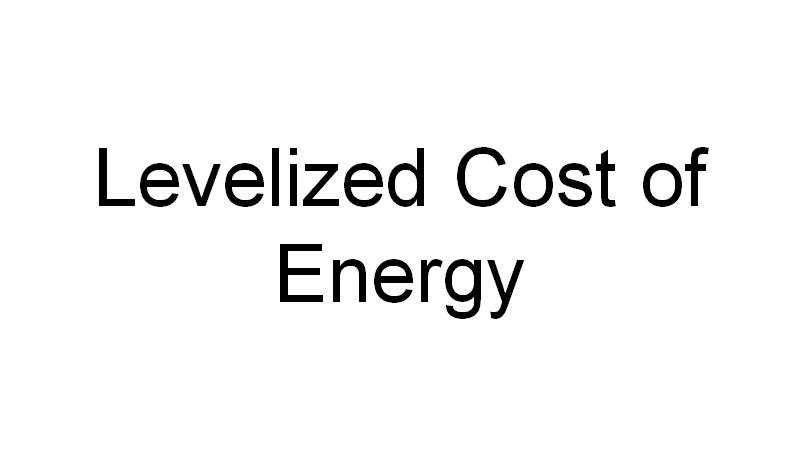

Making every drawing, tag, and test result pay dividends from concept to decommissioning
In a perfect world, the moment a heat-exchanger thickness is calculated during basic design, that value would remain instantly findable—linked to its drawing revision, operating duty, inspection readings, and end-of-life scrap certificate—no matter how many decades or personnel changes follow. Digital Lifecycle Management turns that ideal into daily reality.
At its core, DLM stitches together one continuous “digital thread” that spans concept, FEED, detailed engineering, procurement, construction, commissioning, operations, maintenance, revamps, and final dismantling. Instead of siloed PDFs, spreadsheet islands, and tribal memory, a DLM platform offers a single source of truth where every stakeholder—from process engineer to regulator—pulls the latest, authorised information with two clicks.
OSVARD assembles DLM ecosystems using best-in-class tools (AVEVA, Hexagon, bespoke SQL/NoSQL stacks) and open standards such as ISO 15926. Our recipe:
Digital Asset Registry
Every tag—Pump P-101, Vessel V-301—lives in a master database with design specs, material codes, vendor manuals, and hyperlinks to 3-D locations.
Controlled Document Vault
Datasheets, P&IDs, wiring diagrams, weld maps, and relief-valve certs sit behind robust revision control. Users always open the current “issued-for-use” file, while legacy versions remain traceable.
Change-Management Workflow
A digital MOC route enforces reviews, risk assessments, approvals, and automatic updates across all affected records. Drawings, asset attributes, and maintenance plans stay in lock-step with plant reality.
Inspection & Maintenance Sync
We link CMMS or SAP PM history to the asset registry. Thickness readings, vibration logs, and PSV pop-tests attach directly to the parent equipment, turning compliance proofs into one-click downloads.
Performance & Historian Hooks
Live historian trends and KPI dashboards surface alongside static data, so engineers compare current duty against design intent or past campaigns without juggling screens.
Knowledge Retention Through End-of-Life
When a unit retires, all lessons learned—materials, failure modes, cost curves—feed forward to the next project. Cleanup and regulatory close-out become a data-driven checklist, not a forensic scramble.
Reliability & Uptime — Technicians diagnose faults faster because manuals, drawings, and past work orders open on a tablet beside the equipment.
Audit-readiness — Regulator asks for five-year relief-valve history? Produce stamped certs in minutes, not days.
Design Quality — Revamp engineers design against current, verified data—no “as-built” surprises that blow budgets in the field.
Turnaround Efficiency — Digital twins and historical failure data set priorities, slash scope creep, and cut outage days.
Institutional Memory — Retirement or attrition no longer erodes hard-won knowledge; the system keeps it alive and searchable.
Industry surveys put the time engineers spend “looking for stuff” at 20 – 30 % of their day. DLM hands that time back to innovation and problem-solving.
As-Is Assessment
OSVARD maps existing data silos, quality gaps, and pain points—paper archives, unlinked CMMS, orphaned 3-D models.
Tool & Architecture Selection
We balance ambition and budget: full PLM stack, lightweight cloud vault, or phased bolt-ons to current systems.
Data Migration & Cleansing
Smart scripts import tags, scrub duplicates, reconcile naming conventions, and attach legacy docs—while critical paper drawings are scanned and OCR-indexed for searchability.
System Integration
APIs marry historian, CMMS, procurement, and design databases. A pump failure logged in maintenance auto-notifies reliability dashboards and flags the asset record.
User Training & Governance
Role-based portals keep navigation simple. Data stewards and workflow owners ensure new information stays clean and current.
Continuous Improvement Loop
After go-live, we collect feedback, tweak dashboards, extend scope to utilities or new projects, and evolve analytics layers such as risk-based inspection or predictive maintenance AI.
Without DLM: Pump P-201 trips on high vibration. Operations calls maintenance; maintenance hunts two hours for the manual; engineering searches an outdated drive for the last vibration spectrum; nobody is sure if a spare bearing is in stores; the planner extends downtime, costing production.
With DLM: Operator scans P-201’s QR tag. Tablet shows live historian trend, bearing manufacturer spec, last three maintenance actions, and spare-parts inventory—all in one view. Bearing swap is planned in under 15 minutes; root cause analysis kicks off with historical context already compiled.
Multiply that efficiency across hundreds of assets and years of operation—ROI becomes self-evident.
Digital Lifecycle Management is not merely an IT upgrade; it is an operational philosophy that treats data as a first-class asset. Whether you’re designing a greenfield facility or taming the paper mountain of a 30-year-old brownfield site, OSVARD tailors a roadmap that delivers quick wins and scales toward a fully intelligent plant.
“Plants that master their data master their future.”
Talk to OSVARD about weaving an unbroken digital thread through your plant’s life—and watch information turn into uptime, savings, and peace of mind.
